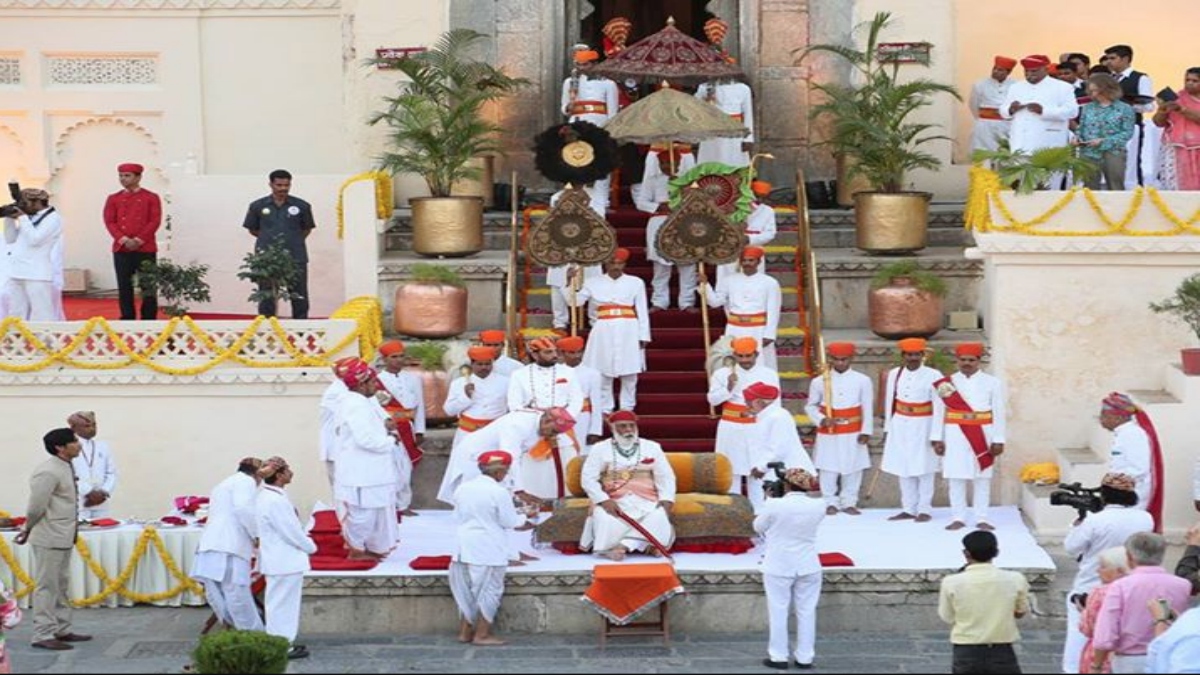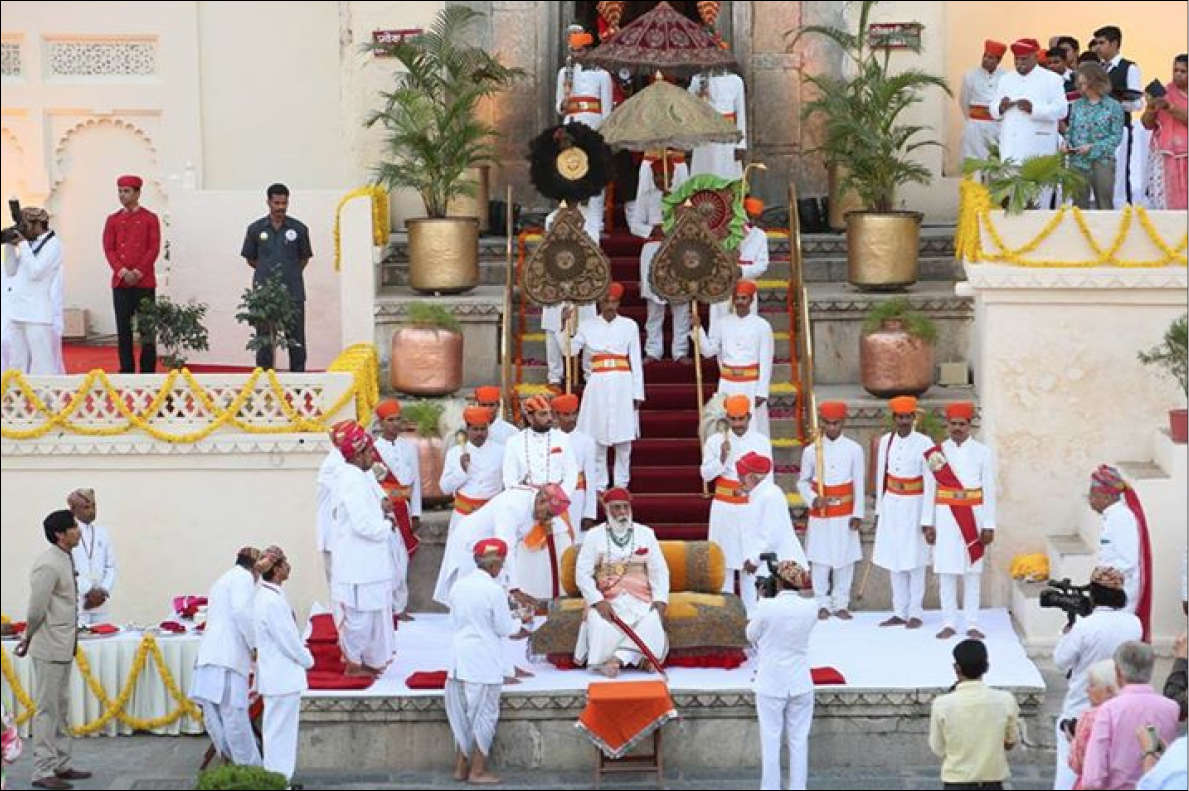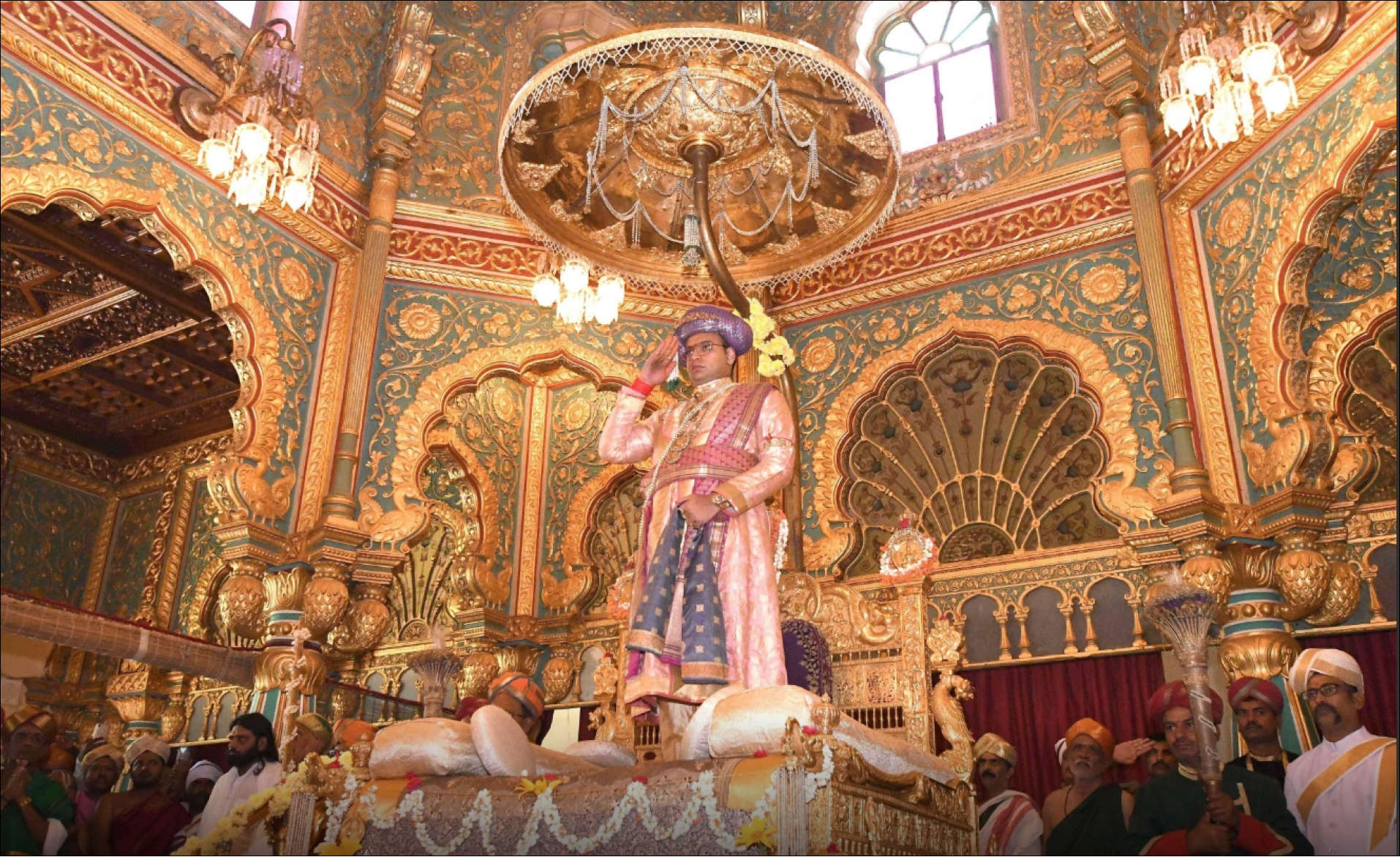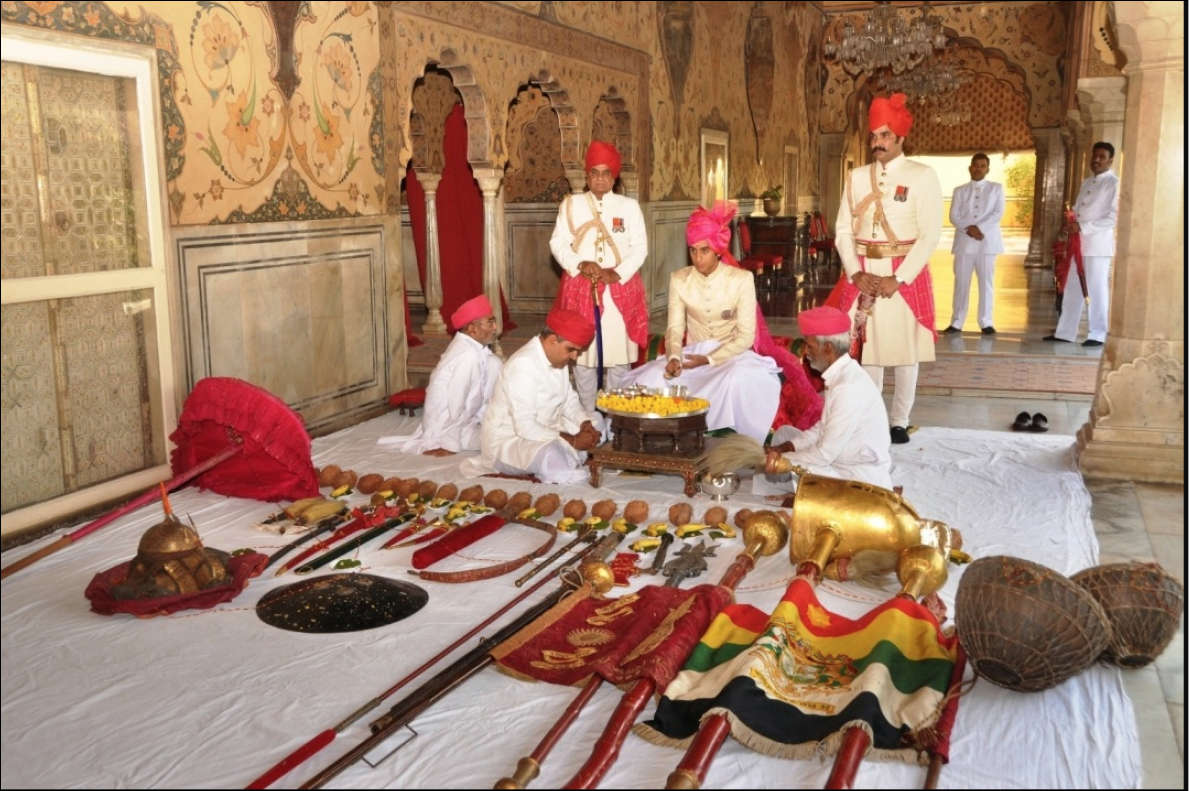


The thrill of knowing they are direct descendants of mythological heroes, a love for their arms and armaments, a story of the conquest of good over evil and the conch shells declaring a battle won—Dussehra holds a very special place for the Indian royal families. For them, the festival denotes a lot more than just the victory of good over evil, the end of Ravana and the homecoming of Lord Rama a few days thereafter. For some, it is the time to celebrate the notion of a victory over war by praying to their shashtra, while for others, it is for paying reverence to their horses.
In Udaipur, Arvind Singh Mewar, the 76th custodian of the house of Mewar and a great one at celebrating occasions, will unveil the magic of Ashwa Pujan. Suryavanshi kings like the Udaipur royal family, allegedly the direct descendants of Lord Rama’s son Luv, hold Ashwa Pujan, a grand ceremony where Marwari battle horses are worshipped in thanksgiving, in all their Rajput regalia.
Arms and armaments also play a major role in the celebration of a royal Dusshera. A few hundred miles away from Udaipur, inside the City Palace of Jaipur, the handsome young Maharaja, Padmanabh Singh, will sit down to preside over a Shashtra Puja. Jaipur, surrounded by some of the most travelled homes of the nobility, also comes alive for Dusshera as all the nobles around the city come to celebrate with the ruling family. At the Sarvatobhadra Chowk, as Padmanabh performs prayers to the horses, elephants, palkis and baggis that his ancestors rode to war, he will be joined by many erstwhile thakurs and jagirdars of Jaipur.



In Mysore, Dussehra or Dasra heralds the showcase of the rarest of jewels, the most ornate of pandals and the highly ritualistic puja presided over by the young Maharaja, Yaduveer Krishnadatta Wadiyar. The festival begins on a grand note with a prayer at the Chamundeshwari Temple, followed by its inauguration at the royal Amba Vilas Palace. The young and dynamic Maharaja holds a private audience by ascending the Golden Throne in the palace’s durbar hall. In fact, Yaduveer holds the Khasagi or private durbar for all the nine days of Navratri, culminating in celebrations with a victory parade on the ninth day, Vijay Dashmi. The priests also perform Hindu rituals in the palace, in the presence of an elephant, a camel, a horse and a cow. Priests from 23 temples in the old Mysuru region make offerings to Hindu gods and goddesses and sprinkle holy water on the scion.
Speaking of lineage and traditions, an interesting site is the village of Mandore, from where hailed the wife of Ravana, Mandodati. On Dussehra, the residents of that town observe mourning, in reverence of Ravana as a great scholar and devotee of Lord Shiva. Mandore, the ancient capital of Jodhpur, saw many of the descendants of the demon king travel and settle there after Ravana’s capital, Lanka, was devastated in the war with Lord Rama. So, while the rest of India celebrates Dussehra with great festivities, Mandore is a rare place where the death of the demon king is mourned!